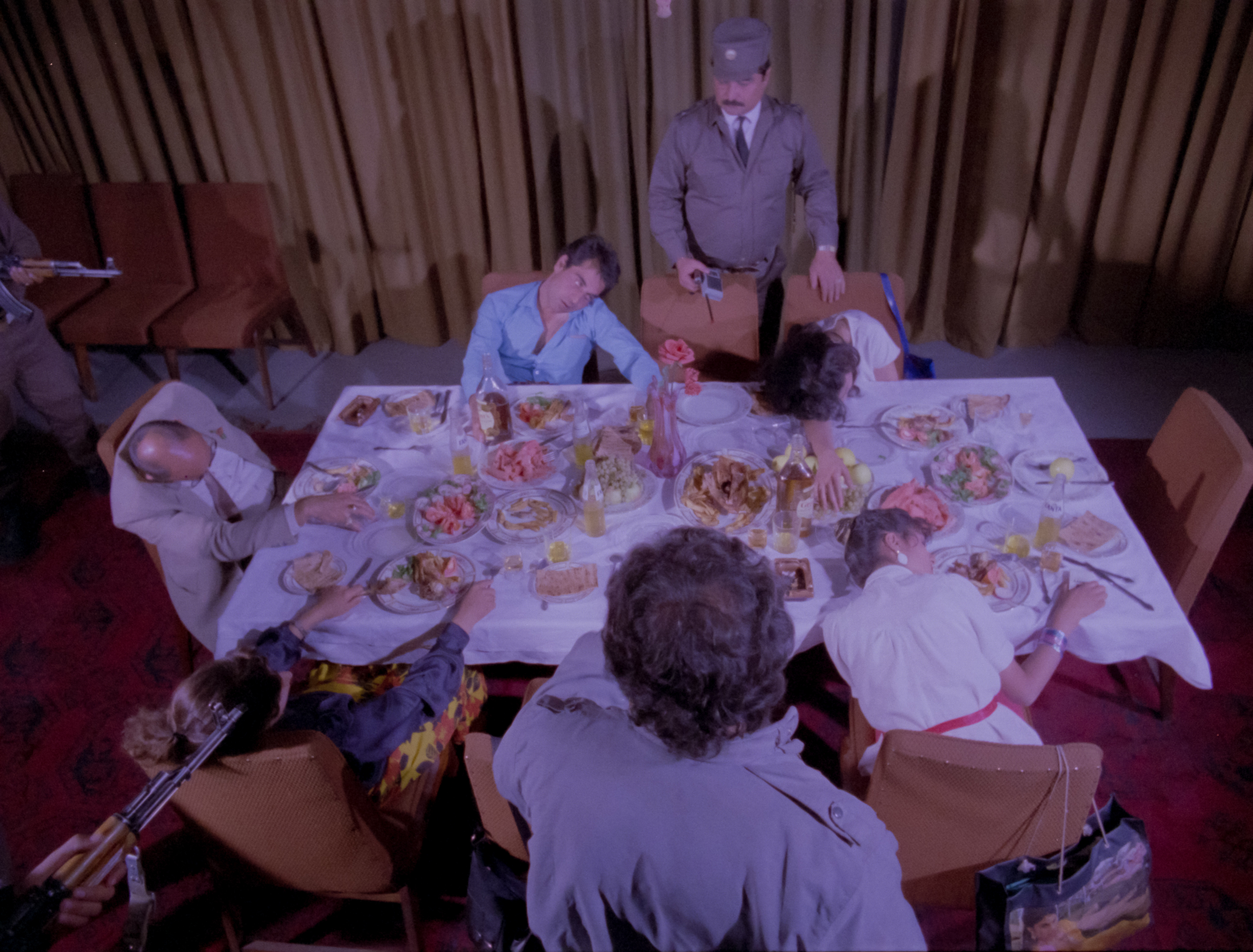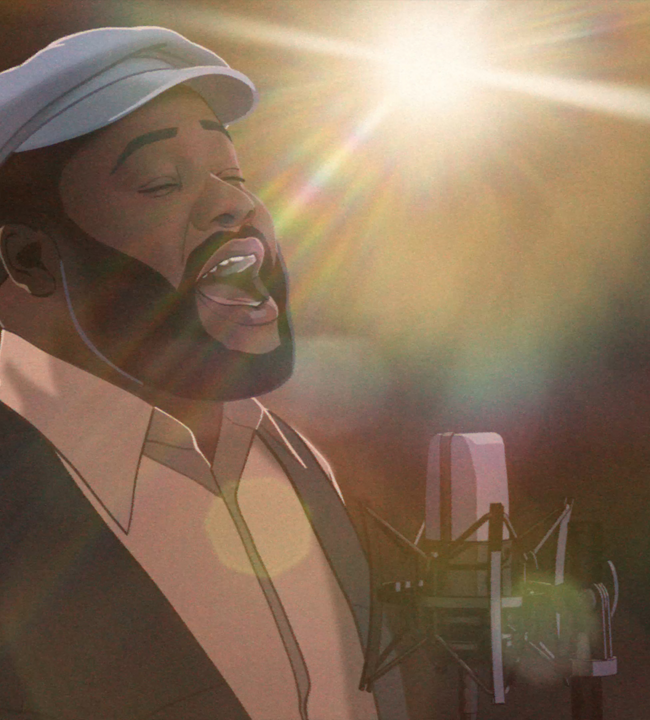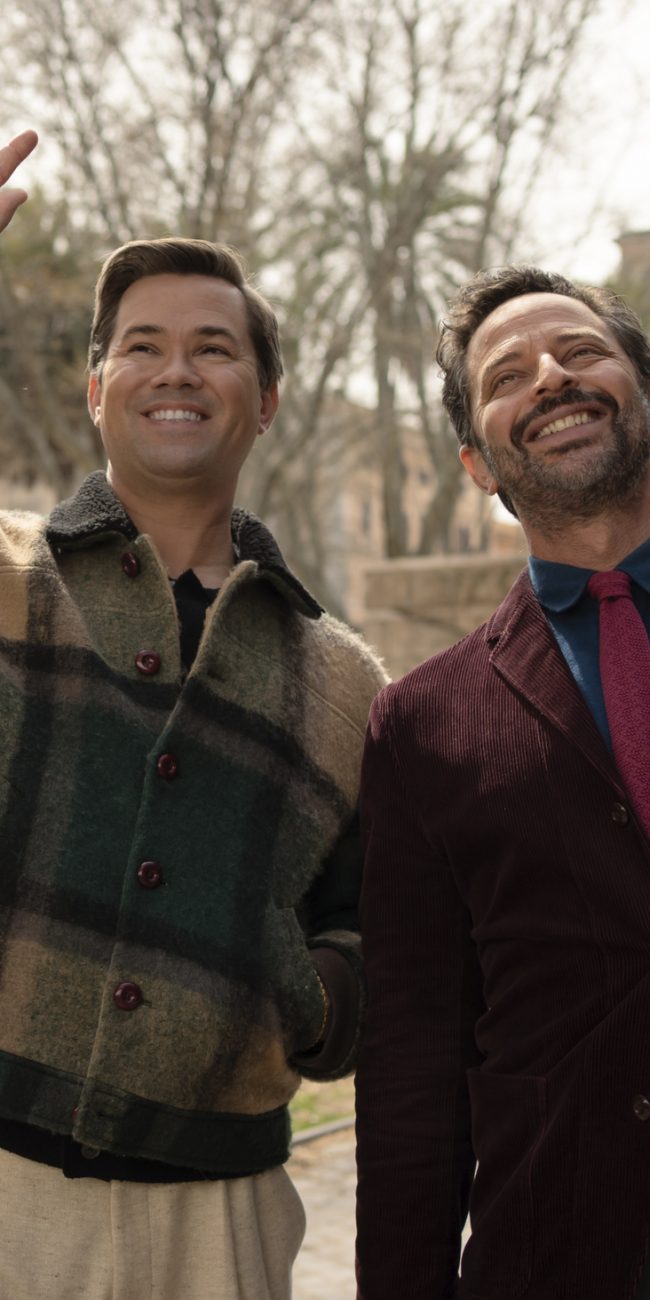WHAT WE LEFT UNFINISHED

(Director Mariam Ghani’s documentary What We Left Unfinished is available for streaming now on Good Docs. Like what you see here on Hammer to Nail? Why not give just $1.00 per month via Patreon to help keep us going?)
Art has a way of sprouting forth in some of the harshest conditions. Even film, which requires a greater amount of resources and funding, somehow finds ways to germinate in the harshest of environments. The Taliban eliminated Afghanistan’s film industry and shuttered cinemas. Few are aware that pre-Taliban, Afghanistan had a small but burgeoning film industry. Director Mariam Ghani’s documentary What We Left Unfinished details the breakthroughs and challenges faced by filmmakers and actors in the decades before Taliban rule when the country was under the thumb of the Soviet Union.
What We Left Unfinished focuses on five films that were left incomplete between 1978 and 1991.The films’ plots serve as chronicles of Afghanistan’s combustible history during those years – coups, assassinations, heroin trafficking, and the Mujahideen. Some films had boldly romantic narratives that challenged the narrow constraints imposed upon Afghani women and even depicted characters seeking love across ethnic/tribal divides. The years between 1978 and 1991 were perhaps the best years for Afghan cinema – though coups and changing regimes did pose challenges. The Soviets heavily funded Afghan filmmakers in an effort to push through their soft power and disseminate the ideal of a Communist Afghan Republic – a republic that existed only on film and not in reality. Soviet funding, however, came at a price. Soviet censors and “advisors” would greenlight any project as long as it depicted Socialism favorably and it adhered to the standards of Socialist Realism. Afghani directors, however, managed to depict veiled critiques that evaded censors and rewarded Afghani audiences with images of homegrown talent and stories.
Ghani captures the spirit of Afghani DIY. Filmmakers recount wild stories of the Afghani government supplying them with weapons and explosives used in films, Mujahideen intimidation, and Afghani intelligence officers turned screenwriters who used actual case files as inspiration for film plots. There are also harrowing stories of actors dodging real bullets in certain film scenes because filmmakers did not have blanks available. These stories certainly put in perspective the “difficulties” complained about by Western filmmakers and actors. They also give credence to the truism that artistic expression always, no matter the obstacle, finds a way.
Afghani films were not finished due to the whims of successive regimes and their patterns of censorship. Some films were confiscated and destroyed during the pre-Taliban era. After the Soviets were expelled and the Mujahideen took control of Kabul in 1991, the country reverted to its Year Zero period. This period eventually led to the period of Taliban rule. The Taliban destroyed an estimated 200-300 films. Apart from capturing these pivotal years in Afghani history through the filter of film, What We Left Unfinished teaches viewers a very important lesson in Cold War history. It reminds that the Cold War was only cold when viewed through the lens of the two superpowers at the time – the US and the Soviet Union. In developing countries such as Chile, Nicaragua, Iran, Congo, Angola, Vietnam, Afghanistan, and many others; the Cold War was hot. The superpowers funded and armed different groups in countries going through internal conflicts or going through liberation struggles. In the case of Afghanistan, one could say that the Cold War, Soviet/American invasions and withdrawals, and overall destabilization have left Afghani history as a sort of unfinished project. One can only hope that from here on out it will be Afghanis themselves who complete their project in a successful and beautiful manner.
– Ray Lobo (@RayLobo13)












Pingback: Theatrical release reviews – What We Left Unfinished